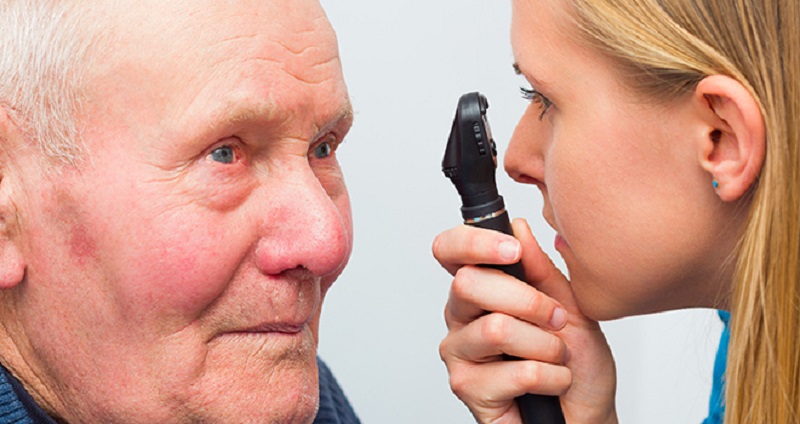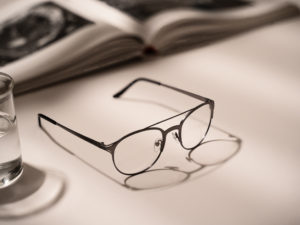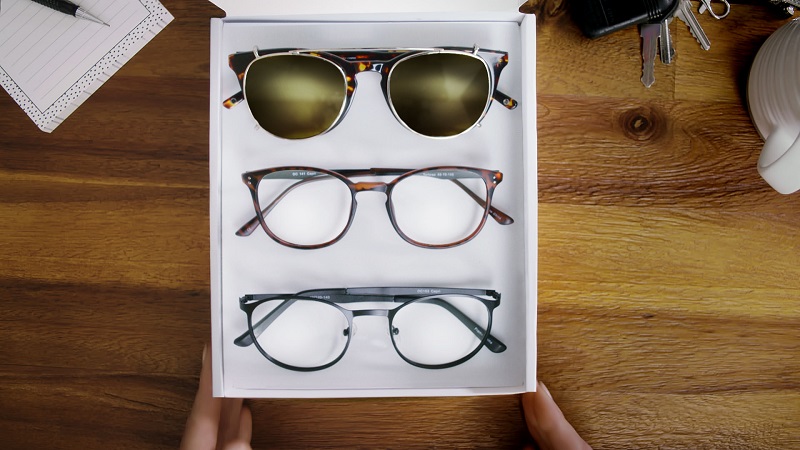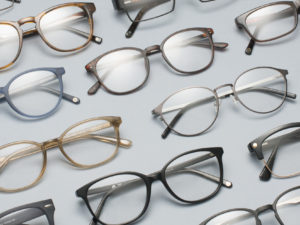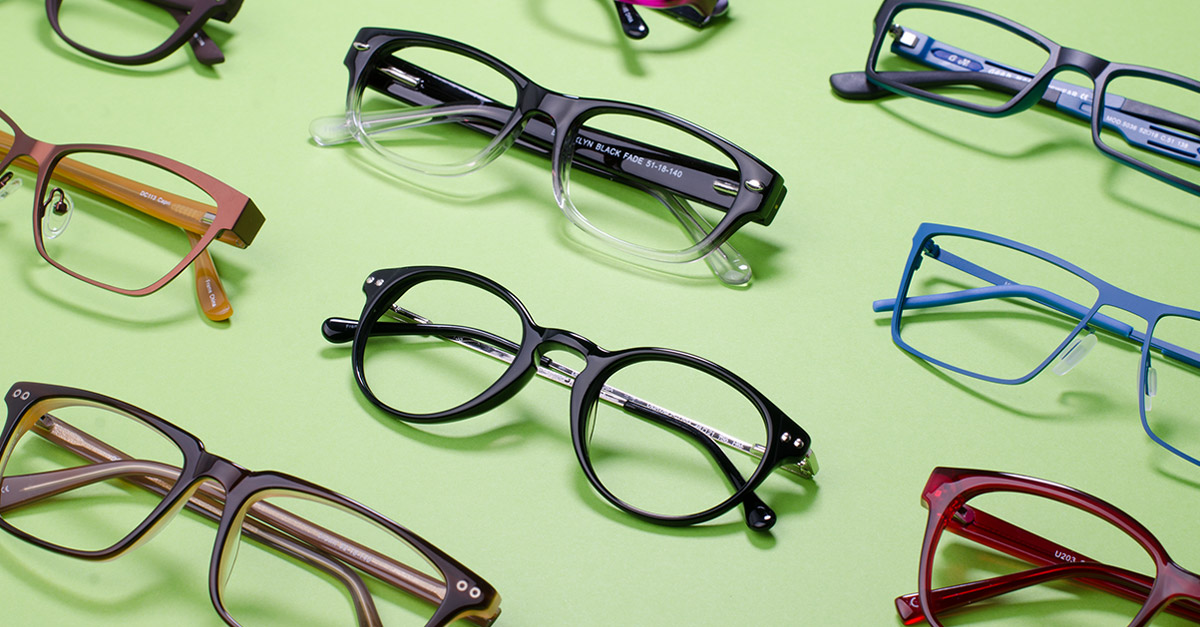Presbyopia is an age-related condition that causes obscured close vision. It ordinarily begins at around age 40 and influences everybody, even those who’ve never had vision issues. At the point when presbyopia starts, individuals will squint or hold perusing materials at a careful distance to help their eyes center. Eye strain, migraine, and exhaustion are normal side effects of presbyopia. Most specialists trust presbyopia is brought about by changes to the lens inside the eye. As individuals age, the lens gets to be harder and less flexible, making it more troublesome for the eye to concentrate on close objects and items.
Symptoms
At the point when individuals experience presbyopia, they discover they have to hold books, magazines, daily papers, menus and other perusing materials at a careful distance with a specific end goal to concentrate appropriately. When they perform close work, for example, weaving or writing, they may experience migraines, eye strain or feel exhausted.
Treatment
Eye Glasses: Eyeglasses with bifocal or dynamic expansion focal points are the most well-known presbyopia corrective. Bifocal means two purposes of center: the principle part of the scene lens contains a solution for separation vision, while the lower segment of the lens holds the more grounded close medicine for close work. Dynamic expansion lens is like bifocal focal points, however, they offer a more progressive visual move between the two solutions, with no obvious line between them.
Surgery: Surgical alternatives to treat presbyopia additionally are accessible. Conductive keratoplasty or CK treatment, which utilizes radio waves to ebb and flow in the cornea to enhance close vision. The remedy is brief and lessens after some time.
Contact Lenses: Presbyopes additionally can pick multifocal contact focal points, accessible in gas penetrable or delicate focal point materials. Another remedy is monovision, in which one eye wears a separation solution, and alternate wears a medicine for close vision. The cerebrum figures out how to support one eye or the other for various errands. In any case, while few people enjoy this arrangement, others complain of decreased vision and loss of discernment with monovision.
To conclude, Presbyopia is an eye condition that can prove very irritating and sometimes painful for the individual. They have to concentrate harder than usual to examine things at close proximity. However, there are suitable options that one can try to correct this illness.
